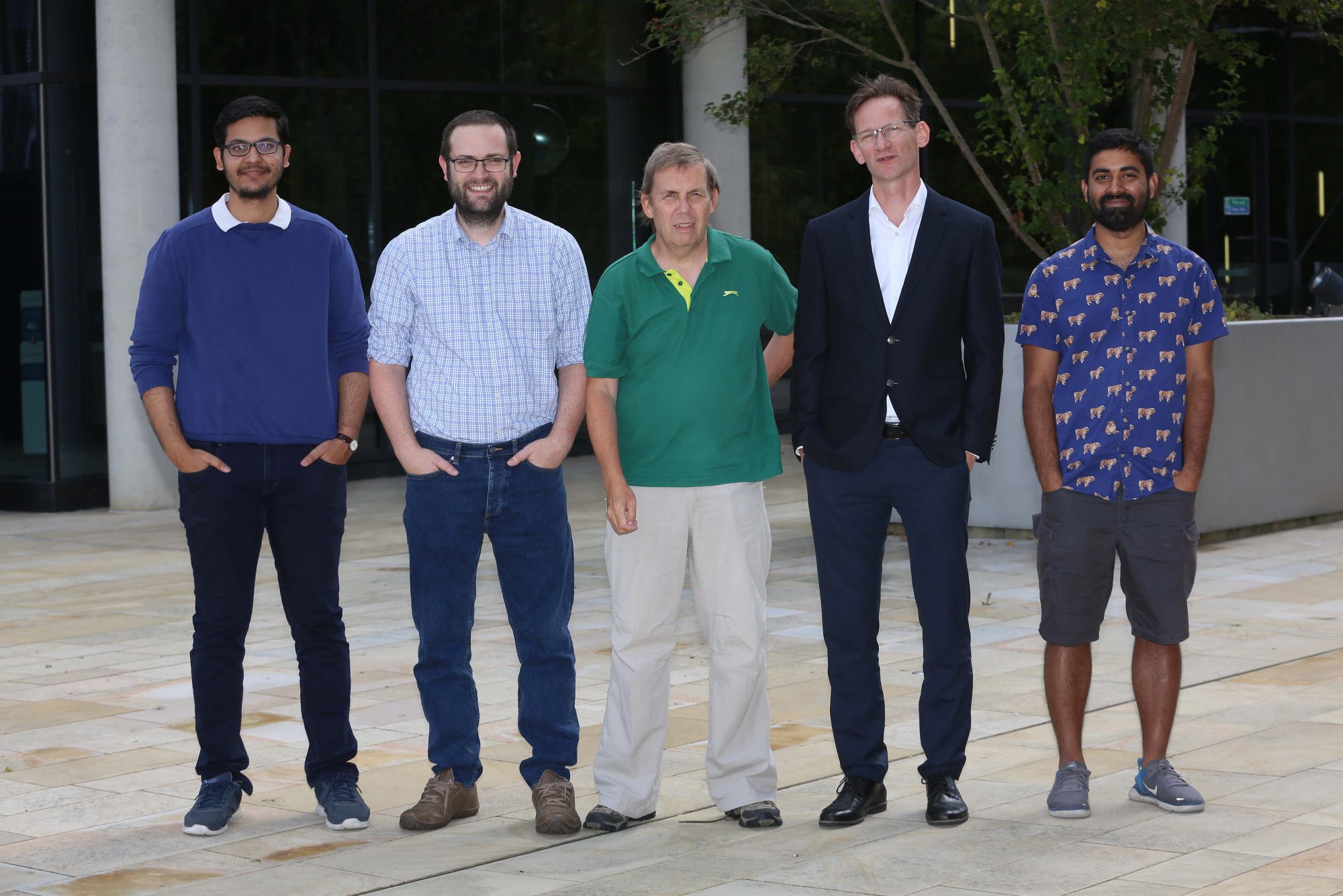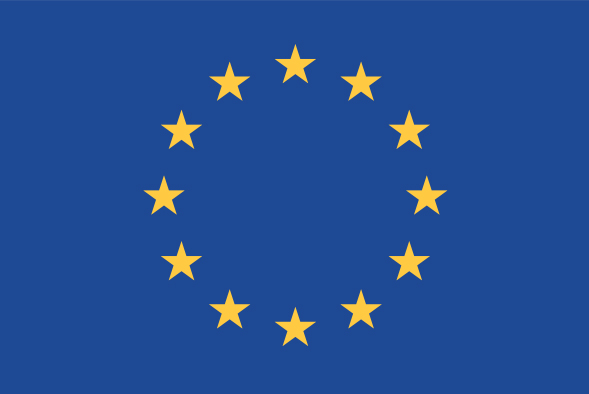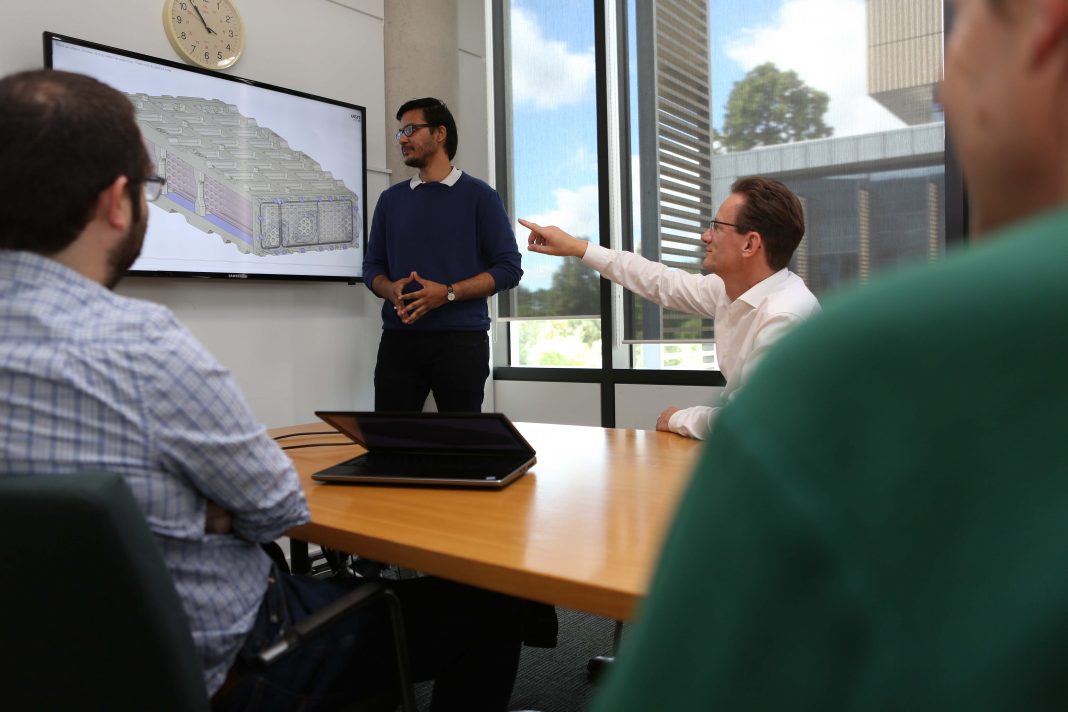Open Access Government interviews members of the team of the InDEStruct project, a Horizon 2020 project which works toward inter-disciplinary design approaches for advanced heat transfer systems
Within the University of Southampton, Atul Singh – also referred to as ESR1 – works on his PhD within a Horizon 2020 Programme project InDEStruct. His scope within this project is to work on optimisation and design methods to improve decision-making in heat exchanger conceptual design, in other words, a more effective design taking into account multidisciplinary aspects of such designs and reducing the experimental cost required to make decisions on new heat exchanger topologies.
Under a MSCA doctoral training program with substantial scope for innovation, Atul and his colleagues are trained under a unique combination of subject specialism, and cross- disciplinary design expertise.
As Atul’s academic supervisor, Doctor David Toal is an Associate Professor at the University of Southampton. His research interests include design optimisation and machine learning. In layman’s terms – coming up with ways to help engineers work faster and more efficiently, reduce costs and get something onto the market as quickly as possible, and therefore, be more competitive.
Finally, Claus Ibsen, the Project Coordinator of the InDEStruct project – which is the Horizon 2020 project they conduct at Southampton, carries the team with his expertise from almost 20 years at Vestas Aircoil A/S, where he is the Group R&D director.
Claus is giving the industrial case for Atul’s work within an industrial framework, for which Atul is doing the research. His research focuses mostly on heat exchangers in his lab, where he works to improve technologies which can potentially revolutionise the operation of large coolers, optimising costs, and continually updating digital models.
Amongst all the students, coordinators, and project leaders, this work futurises engineering research within the EU, granting the ESR’s with the skills required for modern-day challenges at the forefront of design and research.
This project boosts intersectoral employability and allows all prospective students to conduct research with companies like Vestas Aircoil, who are at the forefront of heat exchanger design and development of large engines.
“Bringing four different disciplines in is very reflective of modern engineering as a whole”
1. With ESR1 and InDEStruct project, how do you find working in a multi- disciplinary approach in heat exchange systems?
Atul: “It has been a very collaborative project right from the start. As 4 researchers, each of us has different areas to work on within this whole scope of the project. So, the collaboration basically started after summertime, after we had already started to build a few things related to our work.
“That’s built on in the later stages, but the last collaboration that we did was basically on exchanging ideas and wondering how we will learn from each other in terms of what they’re doing in their work and what I am doing in mine.”
Atul Singh’s project within InDEStruct as ESR1 optimises heat exchanger systems in a multi-disciplinary fashion. His work addresses engineering questions by combining data and conducting a larger number of simulations, along with reducing the number of physical experiments.
Atul: “So, you can say that it, on a professional level, is mostly their work which I learn from them. This isn’t just limited to the office as this collaboration exists outside of work as well which, more often than not, is on variety of topics.
“Apart from that, my work specifically links to ESR2, where other people’s work has to be integrated into my own, such as my colleague Kevin Jose, this was one of the projects that have been very recently completed, and I consider this to be a very strong collaboration as I consider his work and my own were closely related to what we were approaching in our research.
“Kevin focuses on the vibration side of things, and my task revolves around the optimisation side, so we basically integrate each other’s work together. This applies to my other colleagues as well, who help me to understand how their system works but also, I explain to them how my work is closely linked to ESR2’s work, too.”
David: “The InDEStruct project itself, bringing four different disciplines in is very reflective of modern engineering as a whole – you know, you cannot design a single product with only one discipline in isolation, you’ve got to work together to produce an effective product. And this project I think reflects that.”
2. How do you feel that you have improved engineering designs in marine and industrial cooling?
Atul: “The whole idea of this project was to bring in methods that would help Vestas Aircoil specifically, but also the industry at large. So, speaking from my scope of the project – the task is to find what the best scenario is within the various designs that one finds in engineering, and come up with methods to assess which of those various designs would be the best performing one, or as it is called “optimal” “Having said that, so far, the methods that I have in place basically are methods that will help Vestas Aircoil in terms of integrating into their different design stages. Adding to those methods, which are yet to be explored, would be easy for them as they proceed in their endeavours, with my framework in place.
“That’s the basic idea of what my scope of the project would be – speaking of the industry at large. It’s basically saying that if the method works in my scenario, it can be used potentially for other engineering systems as well, for those who may be looking for other optimisation methods.”
Claus: “In the lab, we have a strategy for how we can make a new product, such as a heat exchanger, and use this concept to estimate how many coolers we need to produce and to validate their performance, also how we can update digital models and know how all these things interact overall.
“Benefitting the future productivity of ESR’s and students, as well as the associated partners within the industry and in academia, this multi-disciplinary approach improves engineering on an international level.”

3. Being cost-effective is essential to the InDEStruct project – how do you ensure that your designs and prototypes are so?
David: “Atul has done lots of work developing a multi-disciplinary design optimisation framework. At the core of this, cost is the key driver. That bit of work is therefore attempting to use a generic algorithm to drive down the costs of heat exchangers to as low as possible. Now that was cost for manufacturing for Vestas Aircoil – including other things like vibrational costs would take additional data, or ultimate value to the customer as an objective function too.
“That demonstrated we could go through and automatically change different designs and consider the types of heat exchangers and come up with the most cost-efficient design for Vestas Aircoil at the end of the day. Equally, you’re satisfying all sorts of requirements from the customer too – such as mass, size, performance requirements, pressure drops and things like that.
“I suppose the second, more recent part of Atul’s work is the experimental side, used in order to find the heat transfer correlations needed for the heat exchanger performance, which require a lot of physical experimental effort to determine. We set out to ask “can you reduce that experimental effort?” and ultimately save Vestas money – all the while still giving you the confidence to make predictions as to what the performance of the new heat exchanger might be, in the presence of an experimental error. There is a multi-faceted aspect to cost-effectiveness I suppose in the research.”
Claus: “Although I suppose we have less and less time to go to the market with a new product, unless we can actually optimise the validation period of the heat exchanger’s performance.”
The materials are expensive to develop these massive coolers. This is primarily due to a large increase in the material cost over the years, where there is a high interest in optimising the usage of copper, aluminium, and brass. The team frequently investigates ways of improving their product and optimising costs, and Claus specifically aims for the exchangers to one day be greener and cheaper, hopefully by using less expensive materials.
Atul: “The idea is that, if you do an experiment for, let’s say 10 or 20 points, which is the traditional approach, for example, my method has the guidelines to use even fewer numbers. This would lead to a drastic drop at least in the experimental costs that would be otherwise required to get those similar results without affecting any decision-making. So, that’s kind of the idea of how the reduction in costs is addressed.”
4. How would you expand your research and development facilities and areas where you are, either in Denmark or Southampton?
Claus: “Overall, I think it’s really interesting the work that Atul has been generating. I hope that we can have students like Atul transfer his advances in technology to our company at the end of his work at Southampton so we can mutually benefit from it.
“For example, if we were going into a different market, where for instance we would be using different fluids and materials on the inside of the cooler – all with completely different properties we can use in the concept – we could actually generate the coolers quicker with an improved performance that would benefit the market. We could do this by optimising the market tests and doing in-house analyses and overall, optimising the heat exchangers using previous models.”
The team aim to also investigate whether experimental effort can be reduced. They do this by taking the data gathered and utilising it for predictive capabilities for quantities of interests within an acceptable range of error. This has proven to work, as this method of combining simulations and experimentation has led to potentially a considerable reduction the experimental effort.
Atul: “The tools and methods I have developed are tested with just one example, or one case so that I can build that method first, once it has been tested and proven to be beneficial to Vestas Aircoil, it is then how they pick up this method and change the system or a component that they are testing with my methods.
“So right now, it’s just tubes for instance, so when they change model, they take the methods and put another system or component through it, so it can be used with some other arrangement of specifications that they are interested in but can be used with the tools that I have developed which basically can advantage my work and will take shape for Vestas Aircoil.”
Claus: “Also, you can say that as a supplier for a component for an engine which uses fossil fuels, it may be wise to investigate other markets with slightly different challenges so that we need to optimise our models for those other markets too. Then I think we can reduce the number of experimental testing that we do and have a better digital or simulation model for performance.”
5. Do you feel like you are going to need to transition to a more environmentally friendly model in regard to the product you develop?
Claus: “Yes, we will eventually have to adhere to the market, which will in turn, also make the change for us with supply and demand. The engines will not continue to run on heavy fuel alone forever.
“In the coming years, we will see different challenges in the changing of the engines, and I’m sure that many of these green initiatives which are in the research stages will require us to produce heat exchangers that will need to be updated or redesigned to meet new challenges, and if we can do this, it will be interesting for us and our company.”
6. What has been the highlight of your research, regarding any project you have done?
Atul: “In my case, it’s basically every- thing that has been a part of it so far. Before this, I did not have any project quite so advanced. I’d like to think that what I’m working on right now, and my research, is pretty much the highlight of whatever I have done so far.”
David: “For me, the research being used. In academia that can be a lot of effort placed on “toy” problems, but the real world is quite different, and for me as an academic, the challenges that the real world poses when it comes to things like design, is much more interesting. That’s really what gets me up in the morning. Being able to apply our research to a real problem is always very exciting from my point of view.”
Claus: “One of the main things we have made happen through the InDE- Struct project is seeing if we can use the tools, that we developed in the R&D lab, in applications, and is the thing I enjoy and focus on most.”

This project has received funding from the European Union’s HORIZON 2020 Research and Innovation programme under the Marie Skłodowska-Curie Grant Agreement no. 765636.

This work is licensed under Creative Commons Attribution-NonCommercial-NoDerivatives 4.0 International.


